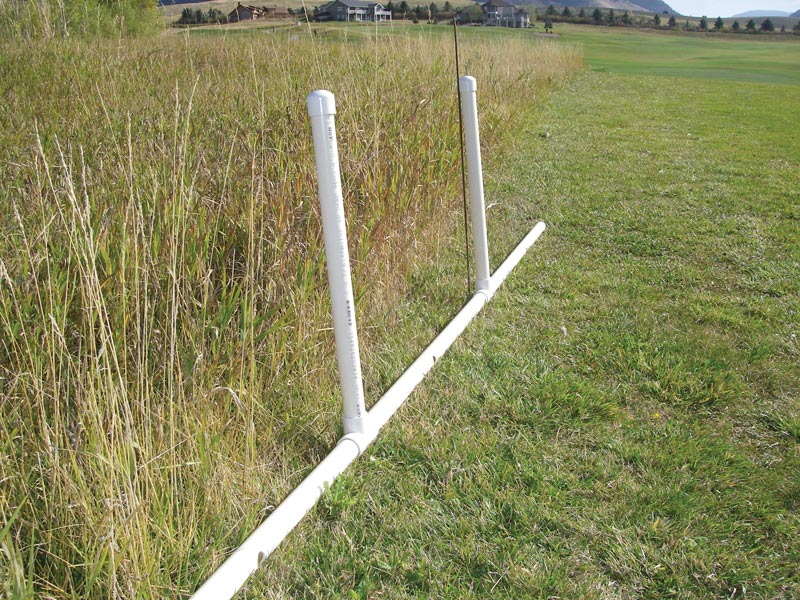Vole Control Tips to Maintain Your Backyard and Gardens
Wiki Article
Mastering Vole Bug Control: Thorough Insights on Infestation Prevention and Treatment Strategies
As building proprietors and caretakers, the visibility of voles can pose a significant obstacle to keeping the honesty of our outside areas. Comprehending the ins and outs of vole habits is vital in establishing efficient bug control approaches. By identifying the refined indicators of vole invasion beforehand, we can take aggressive actions to protect against widespread damages. In this conversation, we will certainly discover the subtleties of vole actions, explore the identification of problem indications, and reveal one of the most effective avoidance and therapy approaches. Keep tuned to uncover the understandings that will certainly empower you to grasp vole insect control and safeguard your residential property against these elusive rats.Understanding Vole Habits
Analyzing the foraging patterns of voles offers useful insights right into their actions and habitat choices. Voles, little rats resembling computer mice, are herbivores known for their underground tunneling tasks. By observing their foraging behavior, researchers can obtain a much better understanding of where voles prefer to develop their environments and the extent of their ecological impact. Voles are prolific dog breeders, with a single women with the ability of creating numerous trashes in a year, making it critical to comprehend their actions for efficient parasite control approaches.Research suggests that voles exhibit careful feeding behaviors, liking tubers, origins, and seeds. This dietary preference affects their foraging patterns, leading them to locations abundant in greenery and ground cover. Additionally, voles are recognized to create sophisticated passage systems for foraging and nesting functions, suggesting a high level of versatility to their environments.
Recognizing vole actions is essential for applying targeted pest control measures that disrupt their habitat choices and foraging activities (vole control). By examining their behavior, professionals can create more efficient avoidance and treatment approaches to manage vole problems

Identifying Indications of Vole Invasion
Vole infestations can be detected by identifying certain indicators of their visibility in a location. One of one of the most typical signs of a vole problem is the existence of surface area paths. Voles create networks of slim pathways on the ground that are typically around two inches vast. These runways are frequently found in verdant areas or under mulch or ground cover where voles can relocate openly and search for food.An additional essential indication of vole infestation is the visibility of little burrow openings in the ground. Voles dig superficial burrow systems with several entrances and departures. These burrows act as sanctuary and nesting sites for the voles. In addition, voles are understood to leave chewed plant stems, origins, and bulbs near their burrow openings, suggesting their feeding activity in the area.
Furthermore, vole droppings can likewise indicate their presence. Vole droppings are little, brownish, and cylindrical fit, resembling grains of rice. Locating these droppings along runways or near burrow openings can validate a vole problem. By being alert for these indications, home proprietors can without delay deal with vole invasions and protect against further damages.
Executing Proactive Avoidance Measures

In addition, utilizing all-natural vole deterrents like castor oil-based repellents or predator pee can act as efficient precautionary actions. It is likewise suggested to on a regular basis examine exterior areas for any indications of vole activity, such as paths or vole lawn damage burrow openings, to attend to potential invasions promptly. vole lawn damage. By adopting these positive avoidance strategies, building owners can substantially reduce the possibility of vole damages and keep the health and appearances of their landscapes
Effective Therapy Approaches
Integrating targeted trapping methods and making use of authorized rodenticides are vital components of reliable treatment techniques for managing vole problems. Routine monitoring and upkeep are likewise vital elements of successful therapy strategies to make certain that vole populations are maintained under control. By integrating trapping, rodenticides, habitat modification, and regular tracking, reliable vole bug control can be achieved.Surveillance and Maintenance Tips
Normal monitoring enables for the very early detection of vole activity, allowing punctual treatment before invasions worsen. To successfully keep an eye on vole populations, tactically put catches can be made use of in vole paths or near burrow entries.In addition, keeping a clean and clean landscape is crucial in vole prevention. Clearing away debris, such as heaps of timber or thick plant life, removes possible vole environments. Consistently cutting and cutting lawns vegetation helps in reducing vole hiding spots and minimizes their accessibility to food resources.
In addition, recurring upkeep of physical barriers, such as fences or wire mesh, is important to stop vole invasion. Examining and repairing any problems to these frameworks makes certain that vole control continues to be effective in guarding residential properties from invasions. By incorporating these monitoring and upkeep techniques into a comprehensive vole parasite control strategy, individuals can effectively take care of vole populations and protect their properties from damages.
Conclusion
To conclude, grasping vole pest control calls for a solid understanding of vole actions, the capability to identify indications of invasion, implementing aggressive prevention measures, efficient treatment methods, and consistent surveillance and maintenance. By taking a thorough method to vole control, people can successfully manage and stop invasions, ultimately securing their residential or commercial property and bordering atmosphere from damages triggered by these tiny rodents.In this conversation, we will discover the nuances of vole habits, delve right into the recognition of invasion indicators, and reveal the most efficient prevention and therapy techniques.Incorporating targeted trapping methods and making use of accepted rodenticides are vital components of effective treatment techniques for managing vole invasions. To properly keep track of vole populations, tactically positioned traps can be used in vole paths or near burrow entryways. Inspecting and repairing any type of problems to these frameworks ensures that vole control stays effective in securing buildings from invasions. By including these tracking and maintenance techniques into a thorough vole insect control plan, individuals can successfully handle vole populaces and protect their homes from damage.
Report this wiki page